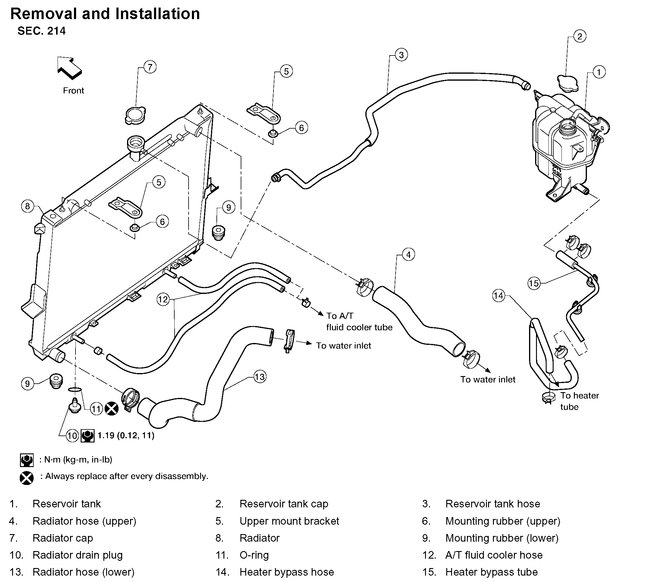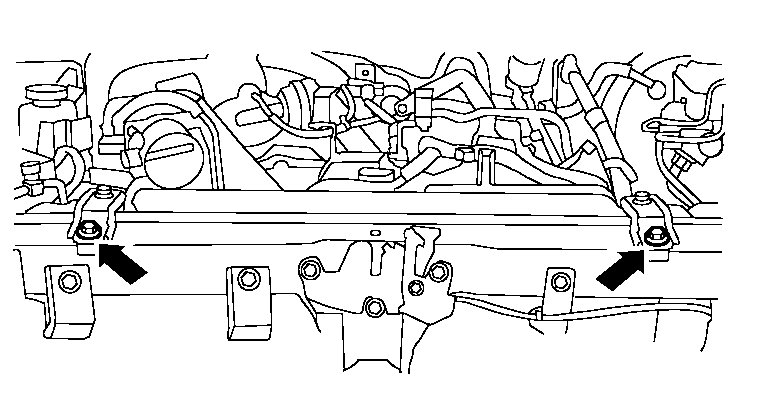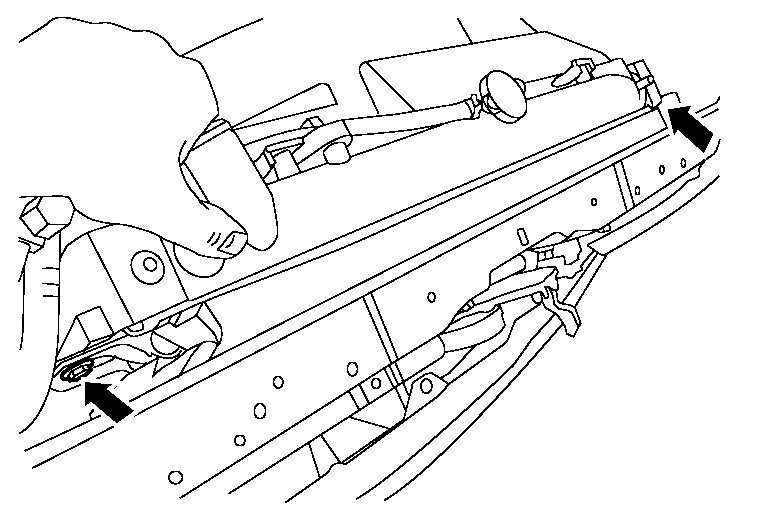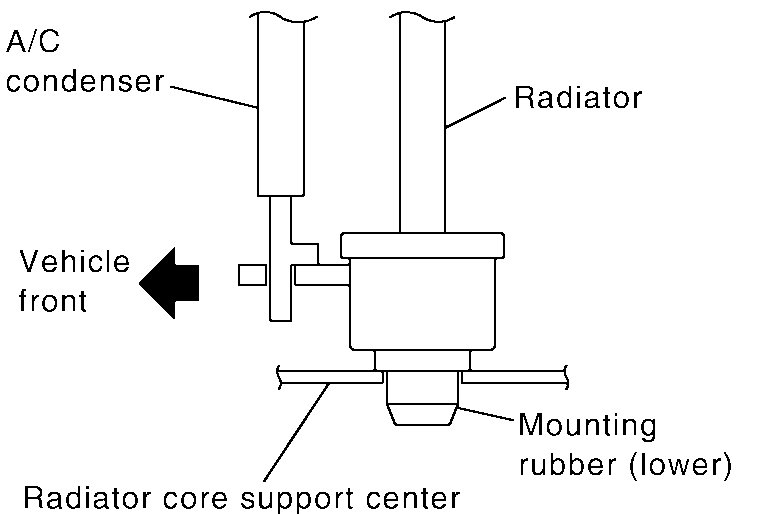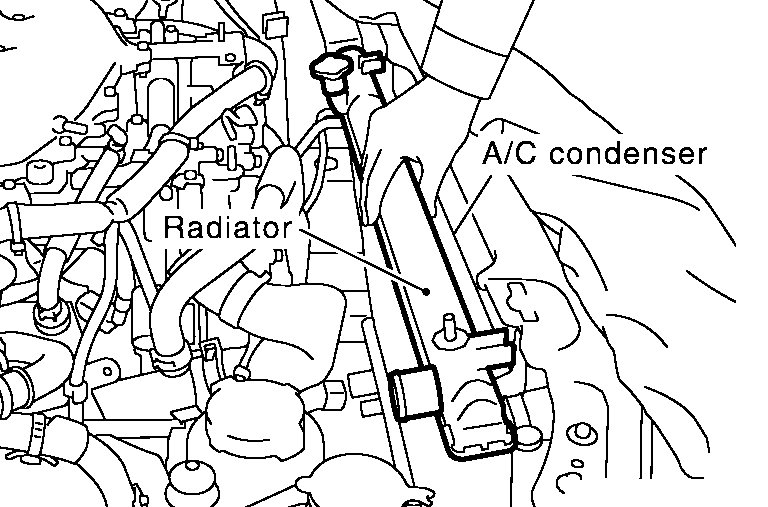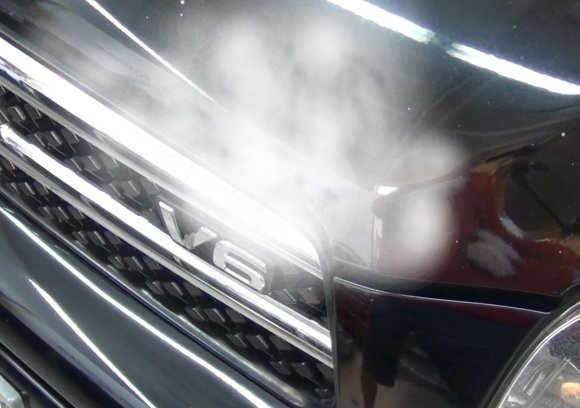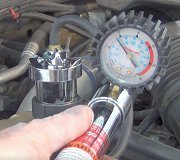Hi and thanks for using 2carpros.com
I'm not completely sure I understand. Are you referring to the bottom plastic tank on the radiator or do you see coolant leaking in the rear bottom of the engine where the transmission and engine connect. That is where the flywheel is located.
If it is the radiator, the plastic tank is crimped on to the actual radiator (metal part) and usually not repairable. If it is the radiator, here are the directions for replacement. I realize you are in an area you can't replace it in, but I'm adding them in case you replace it at home. The attached pictures correlate with these directions.
Here is a link that shows how in general one is replaced:
https://www.2carpros.com/articles/how-to-replace-a-car-radiator
Here are the directions specific to your vehicle.
RADIATOR
pic 1
WARNING: Do not remove radiator cap when engine is hot. Serious burns could occur from high-pressure engine coolant escaping from radiator. Wrap a thick cloth around the cap. Slowly turn it a quarter of a turn to release built-up pressure. Carefully remove radiator cap by turning it all the way.
REMOVAL
1. Remove engine cover with power tool.
2. Drain engine coolant from radiator.
CAUTION:
Perform this step when engine is cold.
Do not spill engine coolant on drive belts.
3. Remove air duct and air cleaner case assembly.
4. Remove reservoir tank hose.
5. Removal radiator hoses (upper and lower) and reservoir tank hose.
CAUTION: Be careful not to allow engine coolant to contact drive belts.
6. Remove radiator cooling fan assembly.
7. Disconnect A/T fluid cooler hoses. (A/T models)
Install blind plug to avoid leakage of A/T fluid.
pic 2
8. Remove the upper mount bracket bolts.
pic 3
9. Remove the two A/C condenser bolts.
10. Remove radiator as follows:
CAUTION: Do not damage or scratch A/C condenser and radiator core when removing.
pic 4
a. With lifting and pulling radiator in a rear direction, disassemble lower mount from radiator core support center.
CAUTION: Because A/C condenser is onto the front-lower portion of radiator, moving to rear direction should be at minimum.
pic 5
b. Lift A/C condenser up and remove radiator after disengaging the fitting as front-bottom surface.
CAUTION: Lifting A/C condenser should be minimum to prevent a load to A/C piping.
c. After removing radiator, put A/C condenser on radiator core support center to prevent a load to A/C piping, and temporarily fix it with rope or similar means.
INSTALLATION
Installation is in the reverse order of removal.
INSPECTION AFTER INSTALLATION
Check for leaks of engine coolant using tool.
Start and warm up engine. Visually check there are no leaks of engine coolant and A/T fluid.
_____________________________________
Let me know if the radiator is the problem or if it is something different. Also, if you replace the radiator, it is a good idea to replace the radiator hoses if they are old.
Regardless, I hope this helps.
Take care,
Joe
Images (Click to make bigger)
Sunday, January 27th, 2019 AT 7:24 PM
